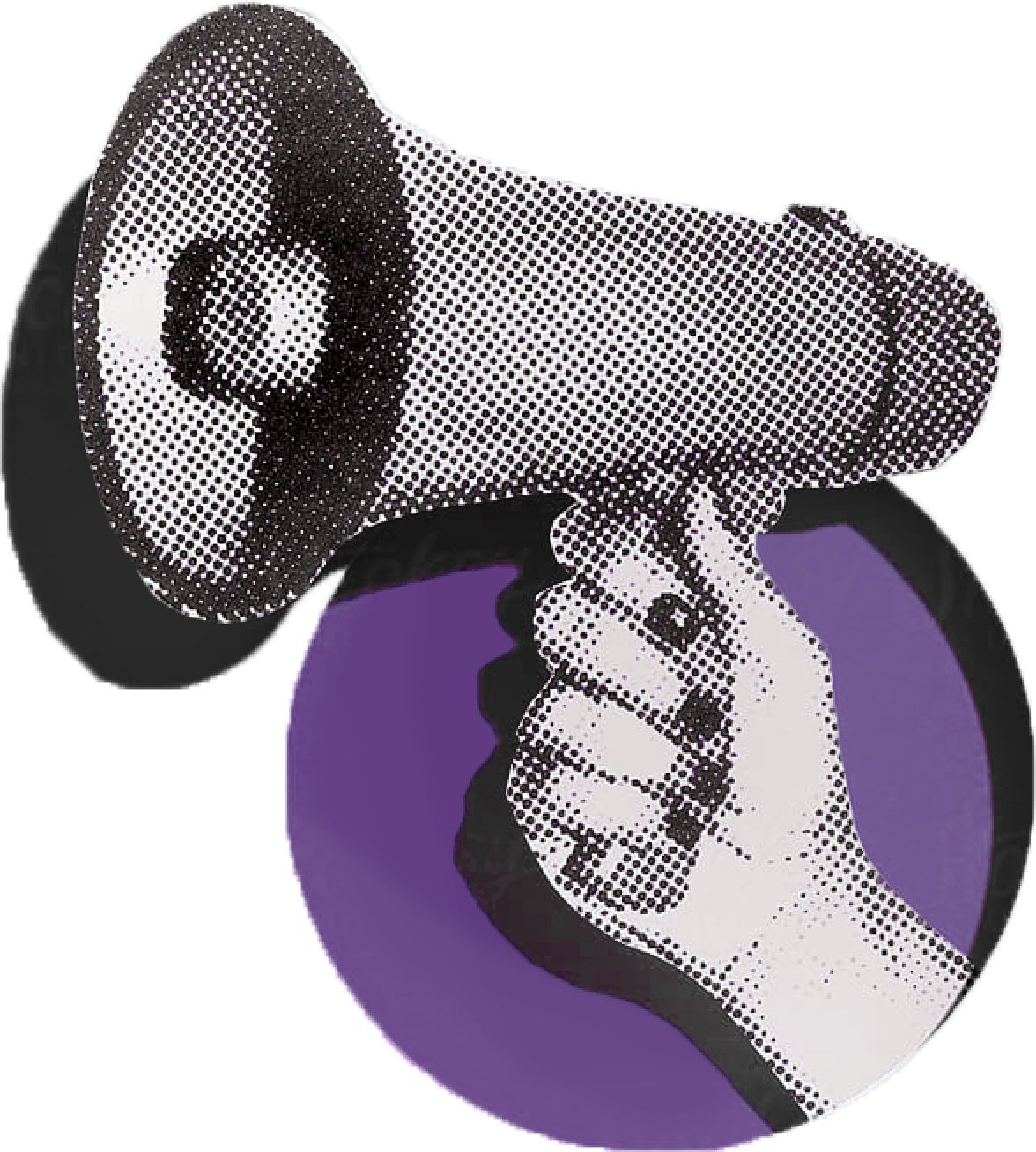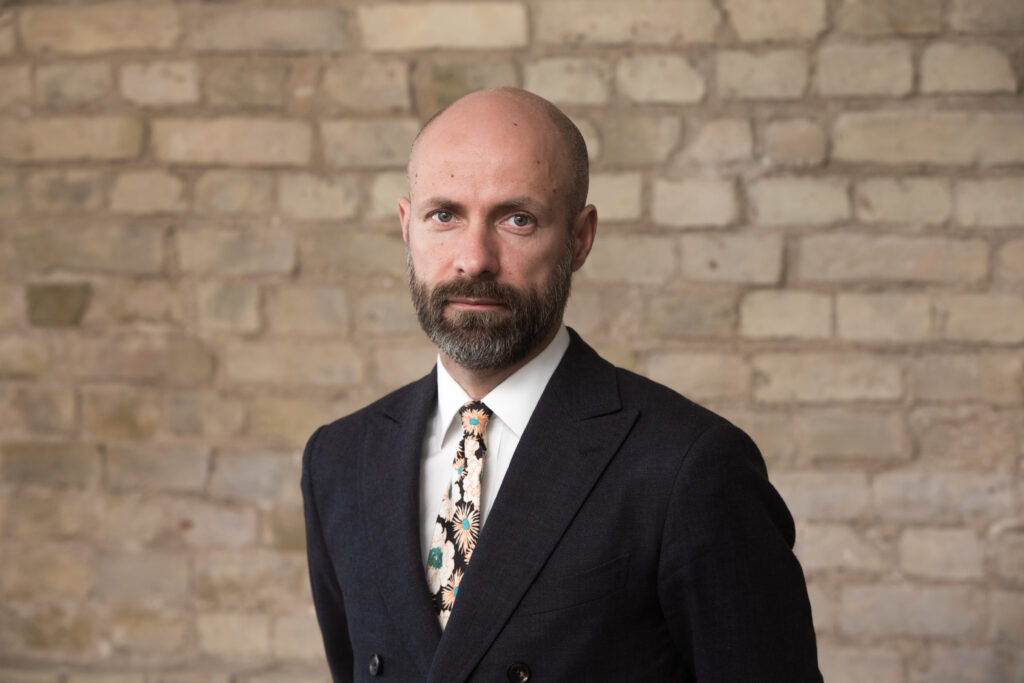A 3 min read
Frequencies – does the overestimation of state needs lead to the waste of state resources?




Meta team



Anastazija Peciukonė Account Director



Andrius Romanovskis Partner


NB! Microsoft on loobunud Internet Exploreri arendamisest ning sellele uuenduste tegemisest ja ei soovita antud internetibrauserit turvanõrkuste tõttu kasutada. Internet Explorer ei toeta enam uusi võrgustandardeid ning antud veebilahendus ei tööta siinses brauseris korrektselt.
Palun lae alla mõni moodne veebilehitseja:

